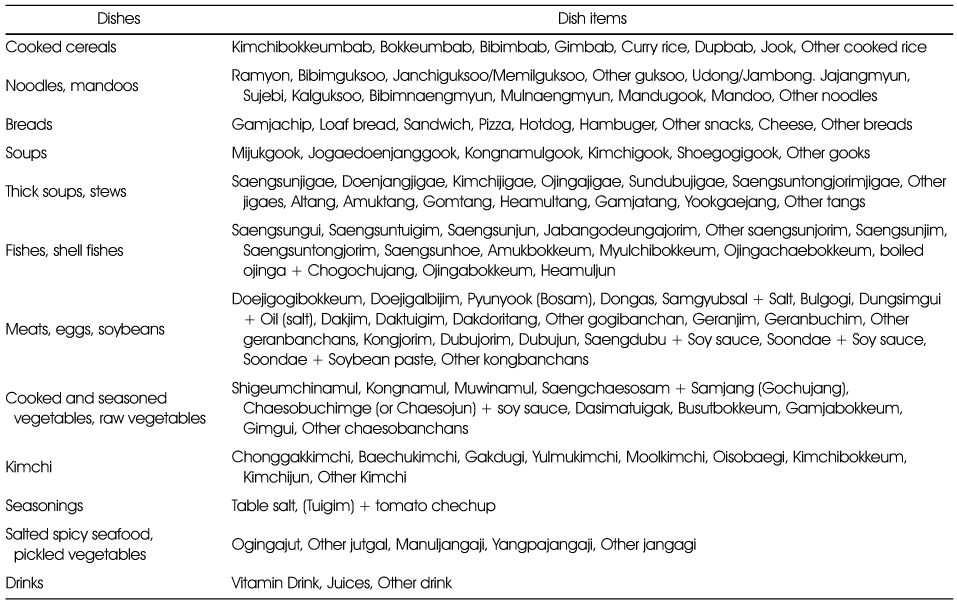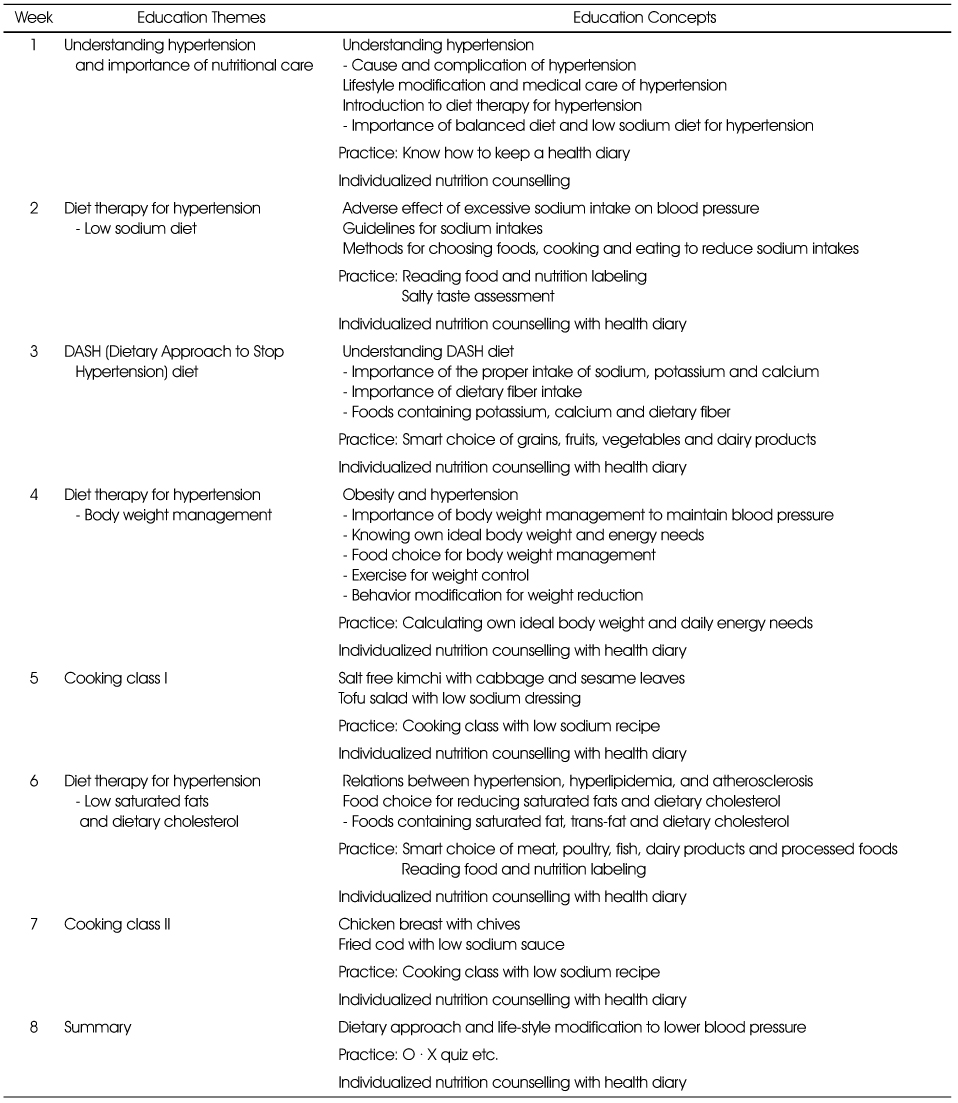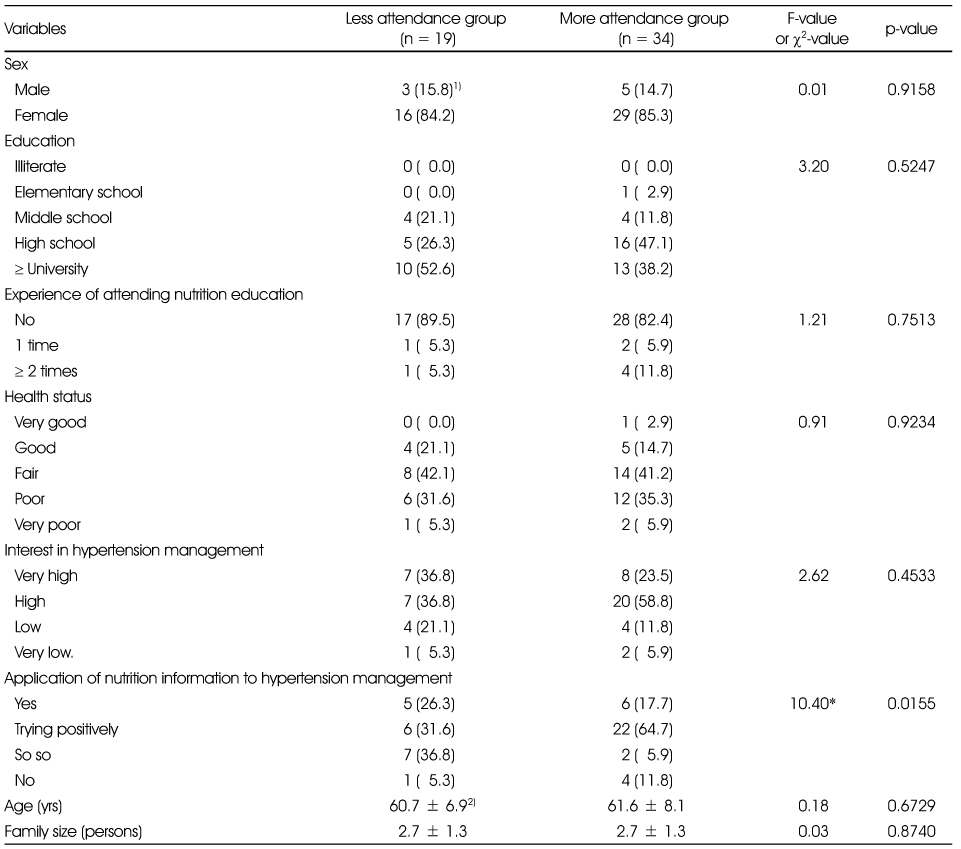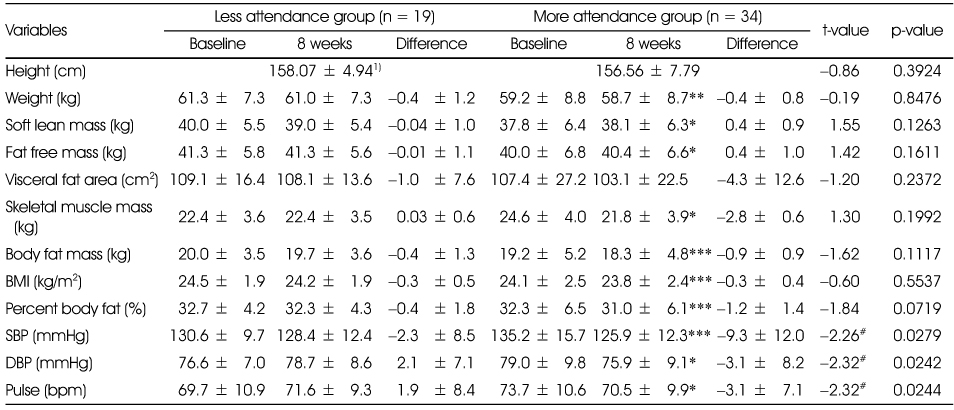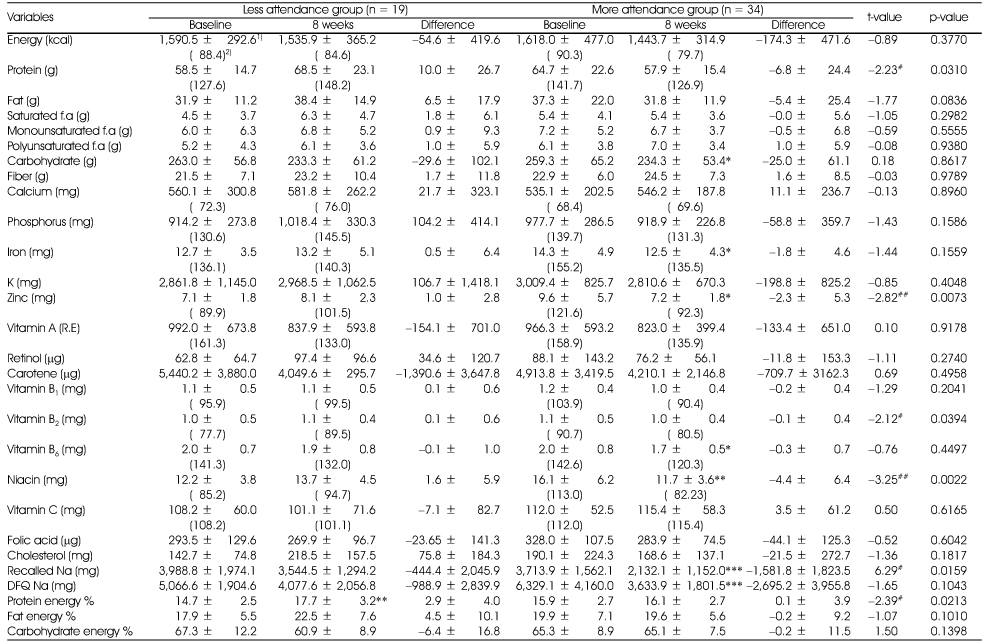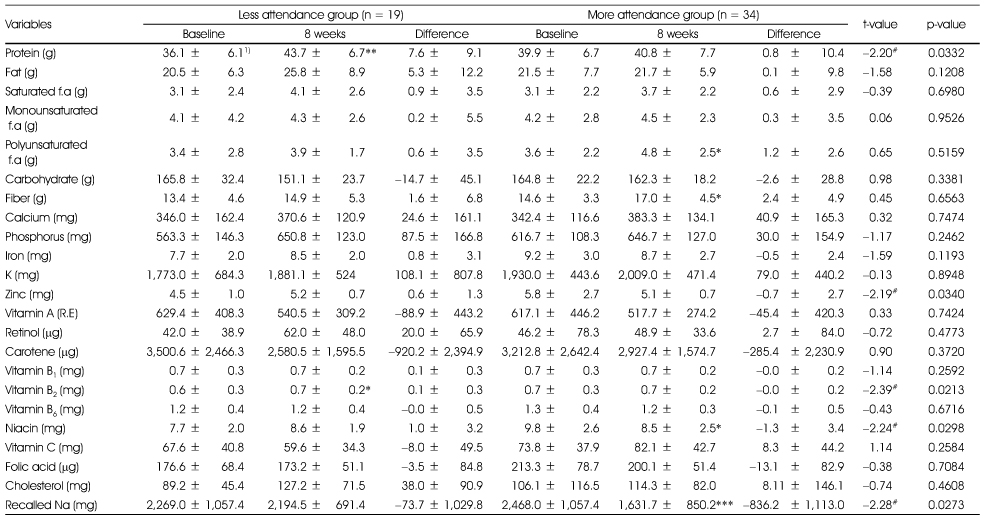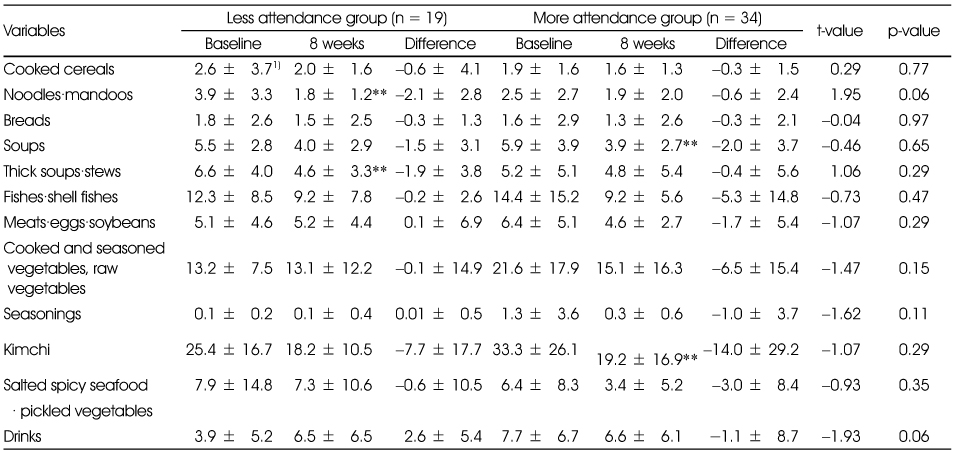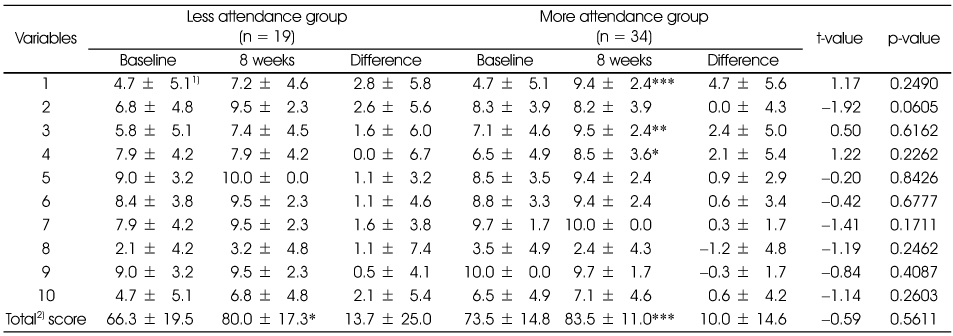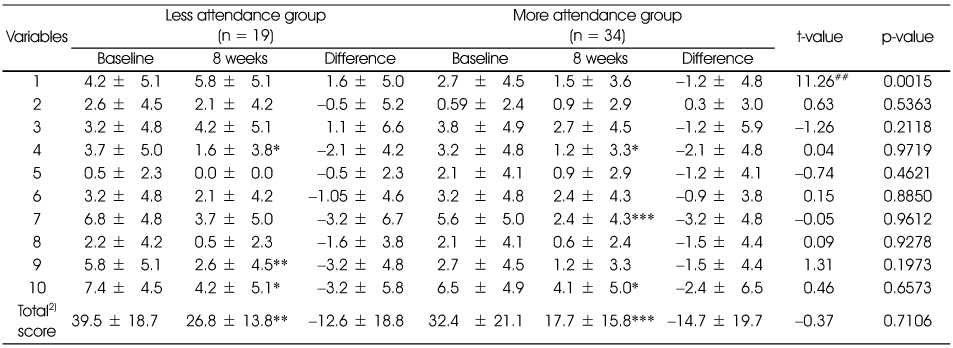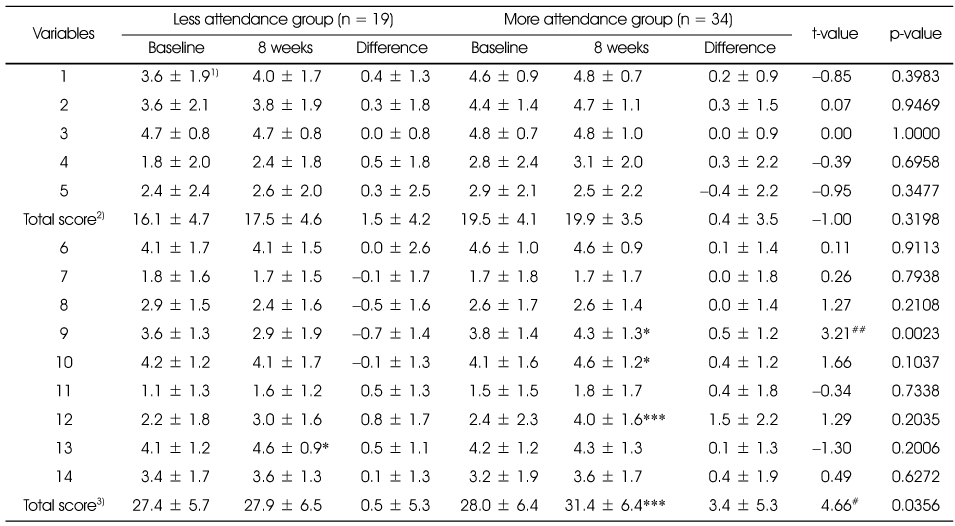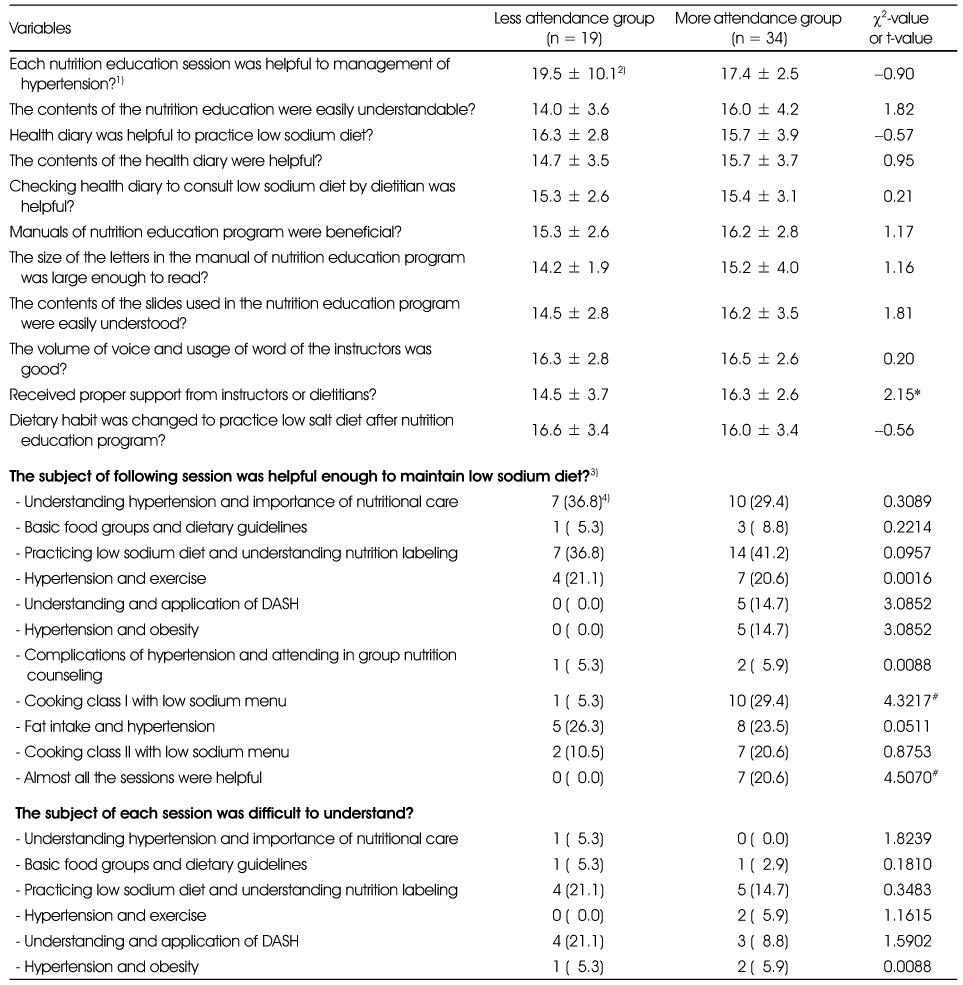References
1. Ard JD, Svetkey LP. Diet and blood pressure: Applying the evidence to clinical practice. Am Heart J 2005;149(5):804–812.
2. Beauchamp GK, Engelman K. High salt intake. Sensory and behavioral factors. Hypertension 1991;171 Suppl. :I176–I181.
3. Blaustein MP, Hamlyn JM. Pathogenesis of essential hypertension : A link between dietary salt and high blood pressure. Hypertension 1991;18(5 Suppl):III184–III195.
4. Carvalho JM, Baruzzi RG, Howard PF, Poulter N, Alpers MP, Franco LJ, Marcopito LF, Spooner VJ, Dyer AR, Elliott P, Stamler J, Stamler R. Blood presure in four remote populations in the INTERSALT study. Hypertension 1989;14:238–246.
5. Cutler JA, Follmann D, Allender PS. Randomized trials of sodium reduction: an overview. Am J Clin Nutr 1997;652 Suppl. :643S–651S.
6. De Wardener HE, MacGregor GA. Harmful effects of the dietary salt in addition to hypertension. J Human Hypertens 2002;16:213–223.
7. Evers SE, Bass M, Donner A, McWhinney IR. Lack of impact of salt restriction advice on hypertensive patients. Prev Med 1987;16:213–220.
8. Fielding JE. Effectiveness of employee health improvement programs. J Occup Med 1982;24:907–916.
9. Huff LS, Zitterman L, DeAlleaume L, Bernstein J, Chavez R, Sutte C, LeBlanc WG, Parnes B. What keeps patients from adhering to home blood pressure program. J Am Board Fam Med 2011;24(4):370–379.
10. Jung YY, Shin EK, Lee HJ, Lee NH, Chun BY, Ann MY, Lee YK. Development and evaluation of nutrition education program on sodium reduction in elementary school students. Korean J Community Nutr 2009;14(6):746–755.
11. Jung EJ, Son SM, Kwon JS. The effect of sodium reduction program of a public health center on blood pressure, blood biochemical profile and sodium intake of hypertensive adults. Korean J Community Nutr 2012;17(6):752–771.
12. Kearney PM, Whelton M, Reynolds K, Muntner P, Whelton PK, He J. Global burden of hypertension: analysis of worldwide data. Lancet 2005;365(9455):217–223.
13. Kim YS, Paik HY. Measurement of Na intake in Korean adult females. Korean J Nutr 1987;20(5):341–349.
14. Kolasa KM. Summary of the JNC 7 guidelines for the prevention and treatment of high blood pressure. J Nutr Educ Behav 2003;35(5):226–227.
15. Luft FC, Morris CD, Weinberger MH. Compliance to a low salt diet. Am J Clin Nutr 1997;65suppl. :698S–703S.
16. Mattes RD. The taste for salt in humans. Am J Clin Nutr 1997;65suppl. :692S–697S.
17. Ministry of Health and Welfare. Korea Centers for Disease Contol and Prevention. Korea health statistics 2010: Korea National Health and Nutrition Examination Survey (KNHANES V-1 2010) 2011.
18. Moon EH. Implementation and evaluation of nutrition education program for hypertensive patients among adults aged 50 and over Seoul Women's University; 2005. 18–53.
MS thesis.
19. Moon EH, Kim KW. Evaluation of nutrition education for hypertension patients aged 50 years and over. Korean J Community Nutr 2011;16(1):62–74.
20. Obarzanek E, Sacks FM, Vollmer WM. Effects of blood lipids of a blood pressure-lowering diet: the dietary approaches to stop hypertension (DASH) trial. Am J Clin Nutr 2001;74:80–89.
21. Park YS, Son SM, Lim WJ, Kim SB, Chung YS. Comparison of dietary behaviors related to sodium intake by gender and age. Korean J Community Nutr 2008;13(1):1–12.
22. Ruppert M, Diehl J, Kolloch R, Overlack A, Kratf K, Gobel B, Hitte N, Stumpe KO. Short term dietary sodium restriction increases serum lipids and insulin in salt-sensitive and salt resistant normotensive adults. Klin Wochenschr 1991;69Suppl 25. :51–57.
23. Sacks FM, Svetkey LP, Vollmer WM, Appel LJ, Bray GA, Harsha D, Obarzanek E, Conlin PR, Miller ER, Simons-Morton D. Effects on blood pressure of reduced dietary sodium and the dietary approaches to stop hypertension (DASH) diet. N Engl J Med 2001;344:3–10.
24. Shin EK, Lee HJ, Jun SY, Park EJ, Jung YY, Ahn MY, Lee YK. Development and evaluation of nutrition education program for sodium reduction in food service operations. Korean J Community Nutr 2008;13(2):216–227.
25. Son SM, Huh GY, Lee HS. Development and evaluation of validity of dish frequency questionnaire (DFQ) and short DFQ using Na index for estimation of habitual sodium intake. Korean J Community Nutr 2005;10(5):677–692.
26. Son SM, Huh GY. Dietary risk factors associated with hypertension in patients. Korean J Community Nutr 2006;11(5):661–672.
27. Son SM, Park YS, Lim HJ, Kim SB, Jeong YS. Pilot study for low salt consumption projects for Korean people Ministry of Health & Welfare; 2006.
28. Son SM, Park YS, Lim HJ, Kim SB, Jeong YS. Sodium intakes of Korean adults with 24-hour urine analysis and dish frequency questionnaire and comparison of sodium intakes according to the regional area and dish group. Korean J Community Nutr 2007;12(5):545–558.
29. Song DY, Park JE, Shim JE, Lee JE. Trends in the major dish groups and food groups contributing to sodium intake in the Korea national health and nutrition examination suvey 1998-2010. Korean J Nutr 2013;46(1):72–85.
30. Stamler J, Stamler R, Neaton JD. Blood pressure, systolic and diastolic, and cardiovascular risk: US populatuib data. Arch Intern Med 1993;153:598–615.
31. Svetkey LP, Harsha DW, Vollmer WM, Stevens VJ, Obarzanek E, Elmer PJ. A comprehensive lifestyle modification for blood pressure control: Rationale, design and baseline characteristics. Ann Epidemiol 2003;13:462–471.
32. The Korean Nutrition Society. Dietary reference intakes for Koreans 1st revisionth ed. Seoul: The Korean Nutrition Society; 2010. p. 367.
33. Wee LE, Koh GC. The effect of neighborhood, socioeconomic status and a community based program on multi-disease health screening in an Asian population: a controlled intervention study. Prev Med 2011;53(1-2):64–69.
34. Whelton PK, HE J, Appel LJ. Primary prevention of hypertension: Clinical and public health advisory from the national high blood pressure education program. JAMA 2002;288:1882–1888.
35. Yim KS. Analysis of the characteristics of an attendee in an elderly nutrition education program. Korean J Community Nutr 1998;3(4):609–621.
36. Yim KS. The effects of a nutrition education program for hypertensive female elderly at the public health center. Korean J Community Nutr 2008;13(5):640–652.
